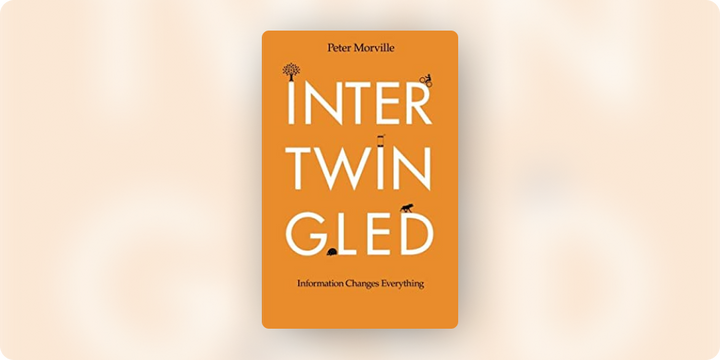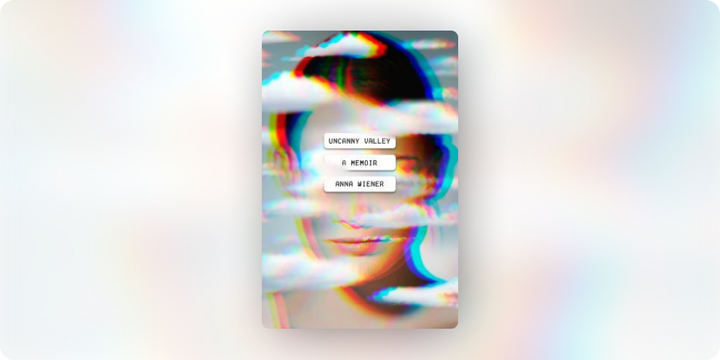📖 Living In Information by Jorge Arango
With an approach to interface design inspired by the practice of placemaking, Arango suggests we embrace the collaborative nature of the Web to build generative environments that can stand the test of time.

As an information architect, Jorge Arango's approach to user interface design is informed by placemaking. The first thing Arango encourages us to do in his book is to consider the software and digital tools we use as we do physical environments; he calls them information environments.
"Information architecture does for information environments what architecture does for physical environments."
Throughout the book, he keeps coming back to the idea that the purpose of designing information environments is to create contexts in which other people do a variety of activities.
Arango proposes a shift from architect to gardener. Since you can't plan everything, as a designer you have to plant the seeds for the system to grow organically.

He reveals the opposition between prescribed structures and generative environments. In design teams across the industry, the tendency to plan everything ahead might be constricting the potential of our digital environments. Indeed, this way of working puts enormous pressure on product teams to get all the requirements right before the development phase, whereas a generative approach allows to plan for the environment's continuous evolution. Such a shift would require us to give up more control and ownership.

The best example of such a generative environment is Wikipedia. A generative approach to design would ensure we would be designing for the only constant; change.
Concretely, generative environments are characteristically:
- Unfinished: "They're in a continuous state of becoming what they aspire to be";
- Collaborative: They allow people to contribute freely within set rules and boundaries;
- Robust: They embody a forgiving balance between flexibility and stability (Ex.: changes can be reverted);
- Transparent: They let everyone know what is going on at any given time;
- Cohesive: The system's stewards cultivate a sense of place with a clear understanding of what it is and what it aims to become.

Another idea that stood out to me is the frames we —sometimes unconsciously— entertain in the design process. Arango reminds us to be conscious of the metaphors we drive in our design decisions. For example, the word "product" suggest that an environment is a commodity. "Services" and "interaction" are transactional, and "publication" implies a separation between author and reader. These subtle distinctions have a concrete impact on how we design information environments and influence how visitors approach them. It's important to be careful about which visions of the world these framings support.
The online world is increasingly complex and designing for constant change requires architecture and stewardship. We need to cultivate digital places that create value, that are sensitive of people's time and attention, and that extend and augment our abilities in a more collaborative way.
“This calls for leadership, vision, and the courage to think deeply, broadly, and long term.”
If you’re curious to read more, consider borrowing this book from your local library or buying it from a local bookstore. Here are some suggestions:
- 📍 For Montreal folks, it’s available to borrow at BAnQ
- 🇨🇦 Try this Google Map of Canadian Indie Bookstores Who Deliver (New Books)
- 🇺🇸 Search for your ZipCode and find it locally on IndieBound
- 🇪🇺 Free worldwide delivery shipped from the UK at Book Depository



